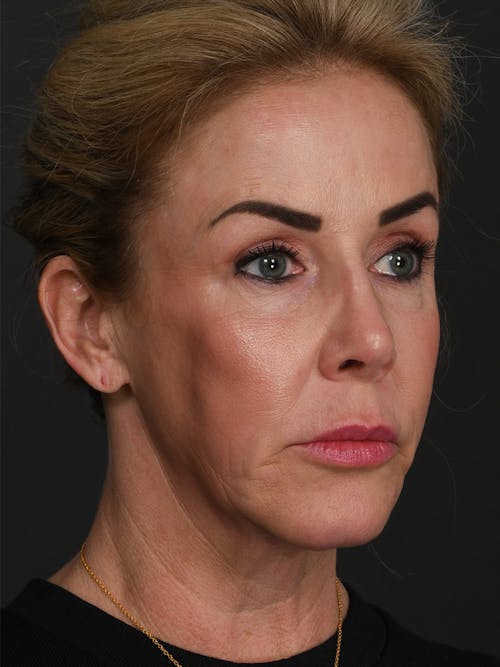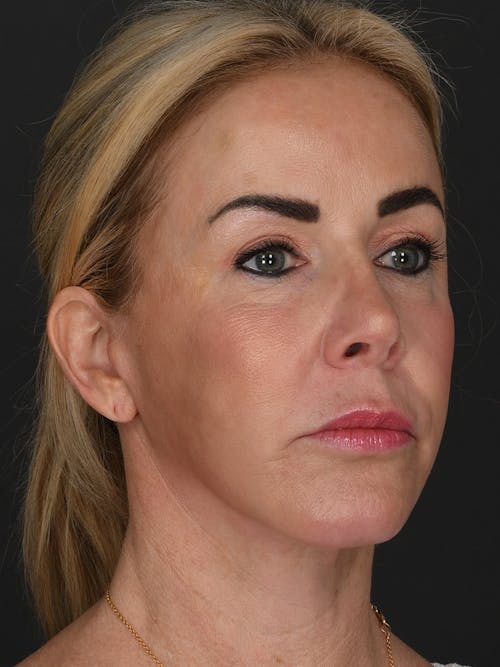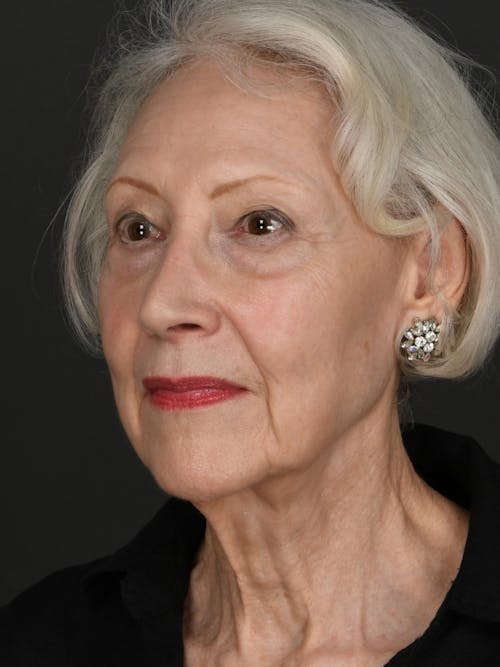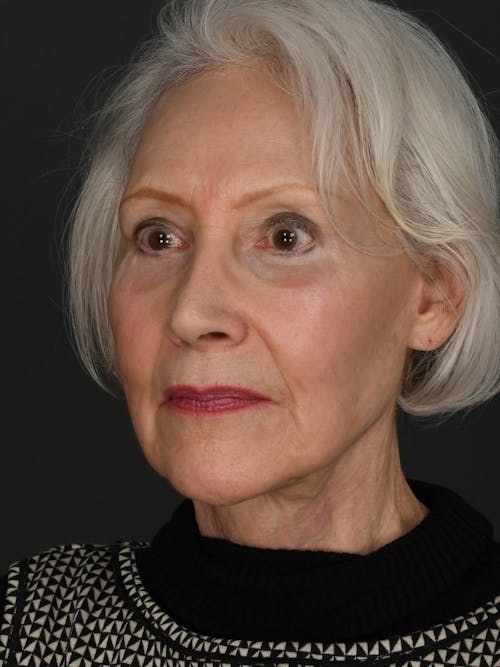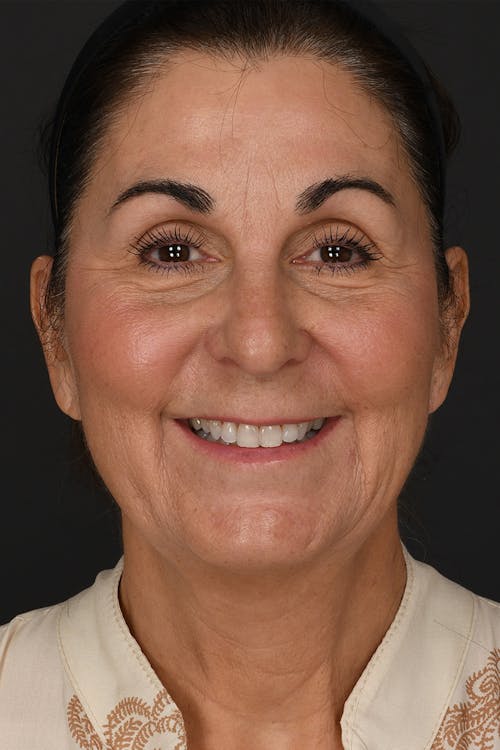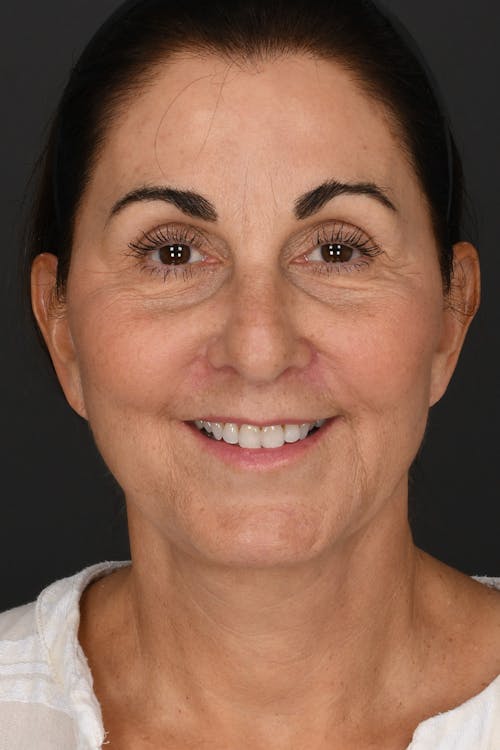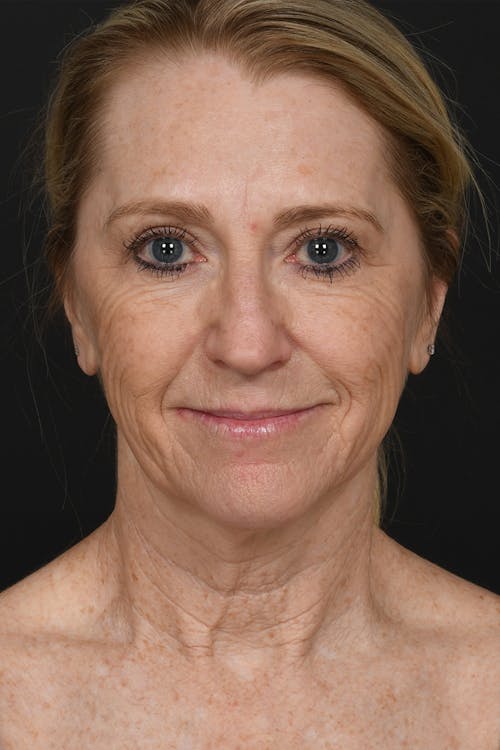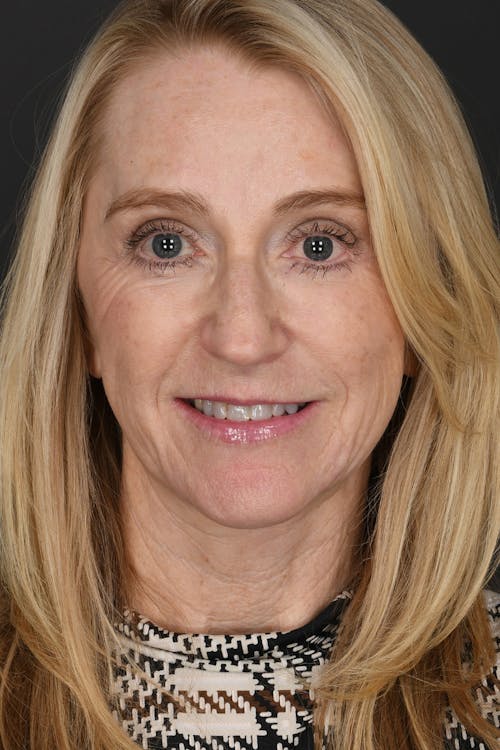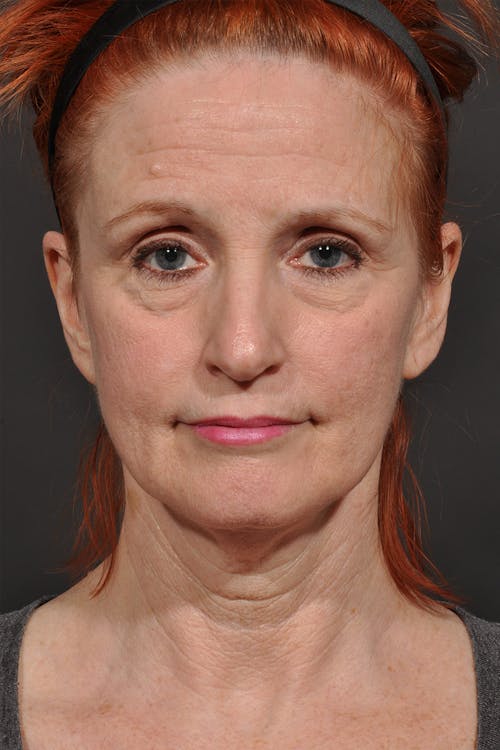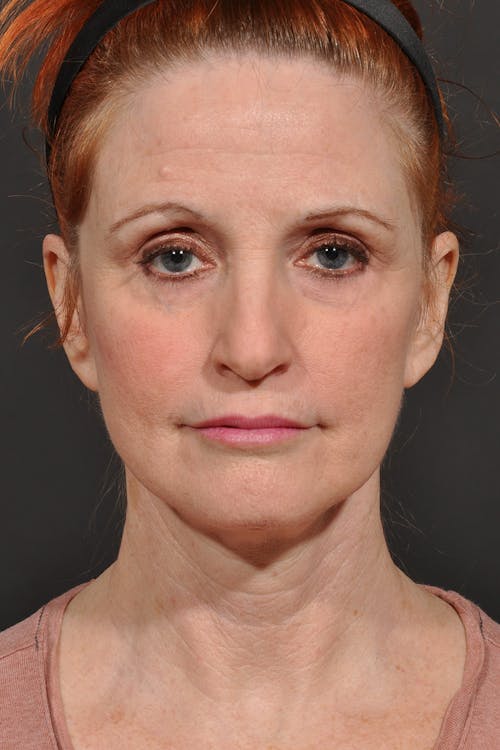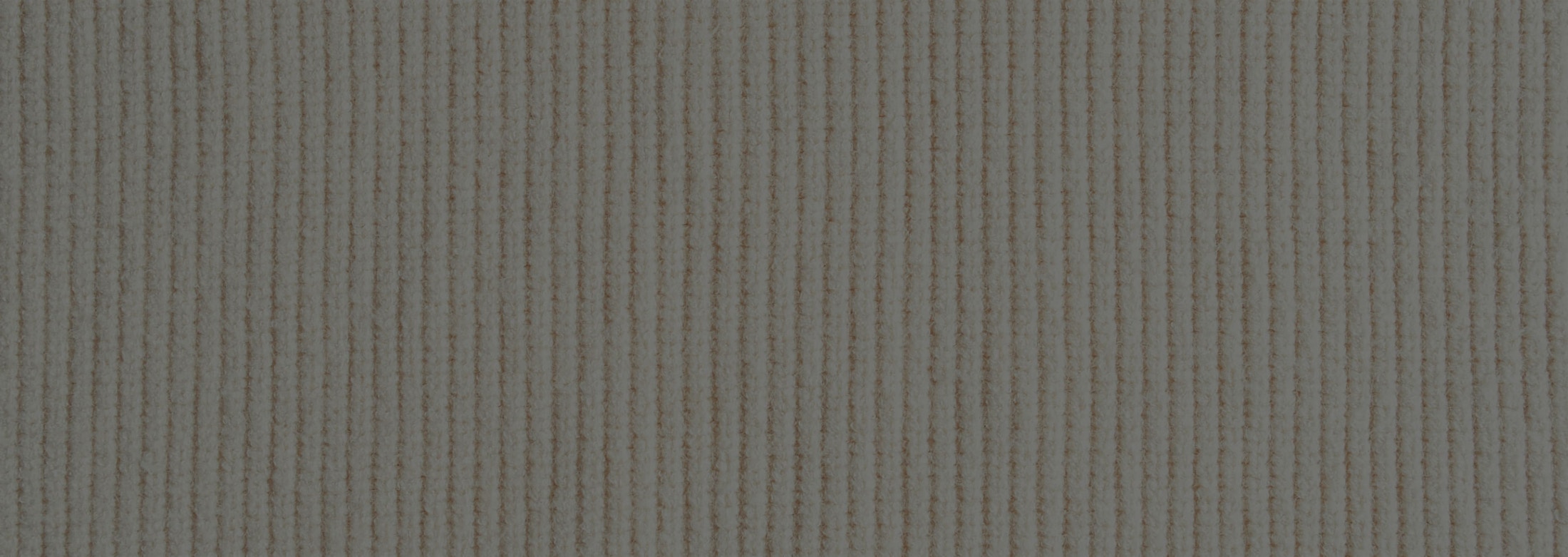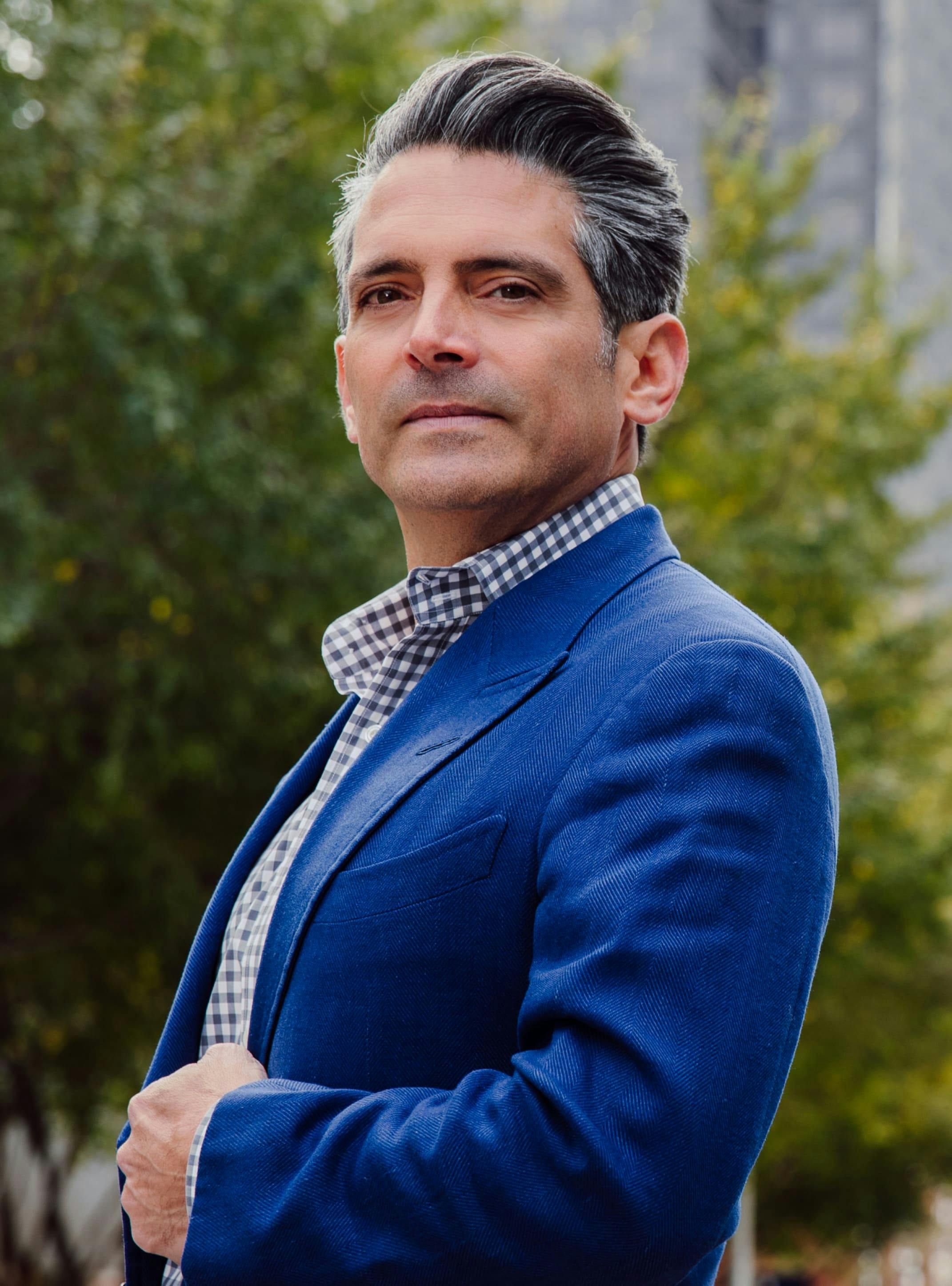What is the Deep Plane Facelift procedure?
In a Deep Plane Facelift, the surgeon works beneath the skin’s surface to access the deeper layers of facial tissues. By lifting and repositioning the muscle and fat structure, rather than just tightening the skin, this technique offers more comprehensive rejuvenation. The procedure targets sagging areas of the face, such as the cheeks, jawline, and neck, and smooths out the appearance of wrinkles and folds. This approach helps restore a youthful, rested appearance without the “pulled” look that some traditional facelifts may produce.
Anesthesia and Incisions:
The procedure begins with general anesthesia to ensure the patient’s comfort. Incisions are made discreetly around the ears, following the natural contours of the face to minimize visible scarring.
Tissue Lifting and Repositioning:
Unlike traditional facelifts, the surgeon carefully lifts the deeper layers of tissue, including the SMAS (superficial musculo-aponeurotic system) layer, which includes muscles and fat. This layer is then repositioned to restore the youthful volume of the face.
Muscle and Fat Realignment:
The key to the deep plane facelift’s effectiveness is the realignment of both muscle and fat. This allows the surgeon to lift the entire face at once, rather than simply tightening the skin, which helps prevent the tight or artificial look seen with some other facelift techniques.
Skin Tightening and Closing:
After repositioning the underlying structures, excess skin is gently trimmed and tightened over the newly contoured face. The incisions are then closed with sutures, which are typically placed in hidden areas along the hairline and around the ears.

